-
About
- About Listly
- Community & Support
- Howto
- Chrome Extension
- Bookmarklet
- WordPress Plugin
- Listly Premium
- Privacy
- Terms
- DMCA Copyright
- © 2010-2025 Boomy Labs
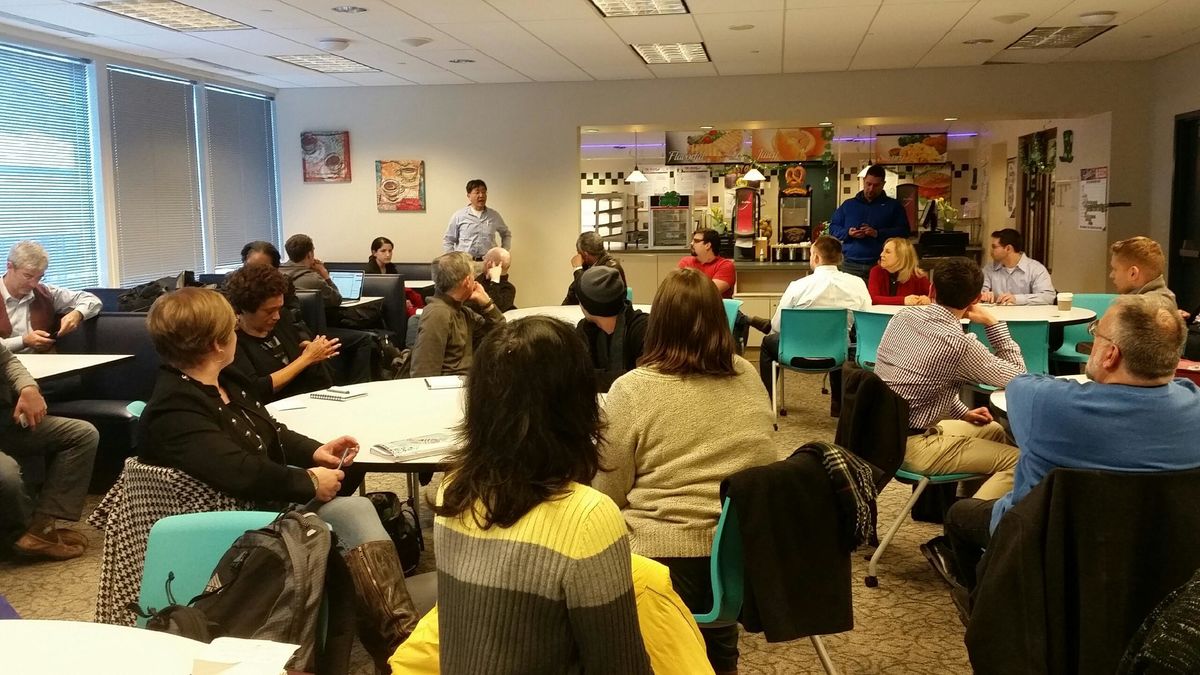

 Generocity Team
Generocity Team
Listly by Generocity Team
March's OpenAccessPHL focused around data, the arts, and data about the arts. For this month, we're sharing this quick recap of the speakers and then we'll release a video of one of the speakers each Friday.
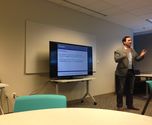
String Theory Schools is a charter school in the former Glaxo Smith Kline building at 16th and Vine Streets. The school opened in 2001, moved into the building in 2012.
"Our first school opened up then as one of the first elementary aged schools in Pennsylvania to link academic performance to the arts," said Corosanite. Students in kindergarten through 5th grade take seven extra classes, including three performing arts classes, before picking a major (anything from arts to STEM) in 6th grade.
"We also wanted to make this building about reaching out to the city as a whole, engaging with entrepreneurship, engaging with the tech and civic tech scene, so students here have an opportunity to work with companies," he said, adding that the building just opened up its 8th floor as an incubator space for small businesses to work for free.
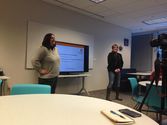
The Cultural Data Project was started in 2001 by six nonprofits in Pennsylvania.
"So [six founding nonprofits of CDP] were all collecting data in different ways -- some had spreadsheets, some had online applications, some had paper applications, then they got together and decided they could reduce the burden on arts and culture organizations and get consistent, better data if the coordinated their collection efforts," Sullivan said. It became its own independent organization two years ago, splitting from Pew Charitable Trusts.
Overall, CDP has collected data from 11,522 arts and culture organizations across country, and from 687 cultural organizations in the Greater Philadelphia region. Sullivan added that anyone who has attended a theater event, a museum, or a zoo, they're in CDP's data set from the last 12 years.
The next step for CDP is finding ways to collect demographic data from audiences directly to provide to cultural organizations, and it's looking for suggestions on how to do so.
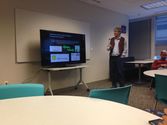
The City of Philadelphia began releasing data in 2003. In 2011, it formally launched Open Data Philly. This year, it relaunched the website with a new design. Cheetham shared what the new version looks like at the convening, which Azavea helped design. Open Data Philly contains 260 data sets from 55 data organizations.
"It's the only big city open data portal that is managed by a broader community -- it's not managed by the City of Philadelphia. Philadelphia contributes to it, city staff work on it, but it's managed by a mix of Azavea, the Temple Center for Public Interest Journalism and lots of other contributors," Cheetham said, adding that Open Data Philly brings our community together and provides access to information to help make our city better.
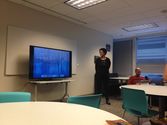
"It's a digital history project at the intersection of technology, public art and civic engagement," said Anderson. "All That Philly Jazz is mapping Philly's jazz history from A to Z: from the Aqua Lounge to Zanzibar Blue."
In partnership with EveryBlock, All That Philly Jazz is enabling people to experience historic jazz locations and current jazz activities. The community is encouraged to interact and create a collaborative history of jazz on the website by sharing photos, drawings, and videos. In addition, Anderson hopes to create a walking tour of Philadelphia Jazz by the time of the Democratic National Convention in 2016.
